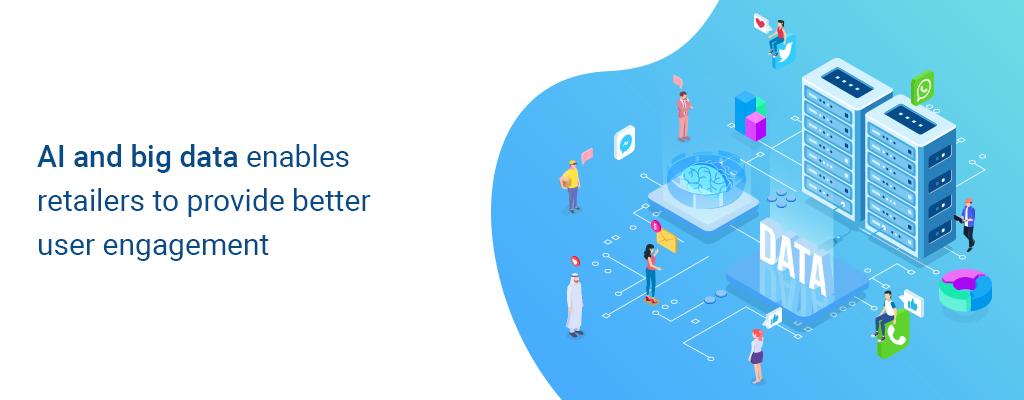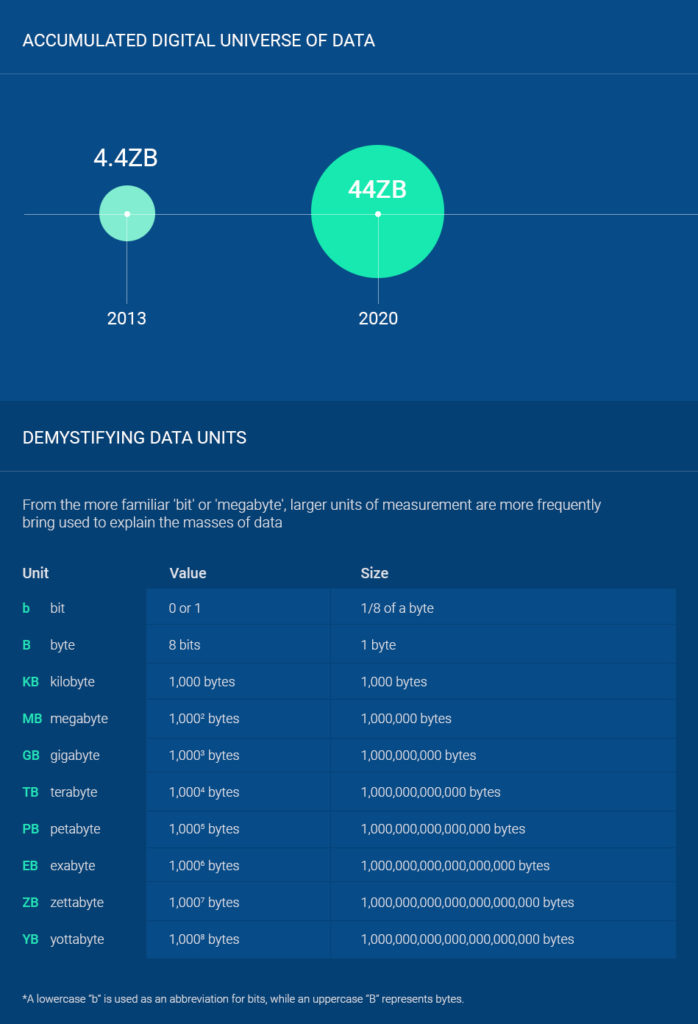
Do you understand which of your promotions are working well and which ones are falling short of customers’ expectations?
Are you able to drive the footfall and traffic to your stores and able to engage your customers with the offers that excite them?
For retail-focused businesses, understanding their customer’s interests and needs has become more important than ever. Demand-based forecasting and predictive analytics are becoming commonplace, and to achieve their goals, the retail industry will rely heavily on artificial intelligence to provide guidance.
With a growing percentage of the population gaining access to the internet, using free Wi-Fi or cheap data plans, and being hooked to their mobile devices, there is a massive opportunity for retailers that adopt AI (Artificial Intelligence) to connect with these consumers in real-time and emerge as leaders in the marketplace.
By using the wealth of daily engagement data and response to different campaigns, retailers can tailor their future campaigns to have the right mix of product, services and value to get more customers to engage with the stores and become more loyal to the brand.
Formulating the right type of campaigns, based on customer, location, time of the year, the derived value of the promotion for customers and other factors can help achieve the strategic goals of the campaign and improve future marketing communications.
With improved understanding of this data, retailers can work on gaining trust through proactive customer retention strategies, increase the number of incremental transactions and average transaction size and maximize ROI from marketing campaigns.
The benefits of artificial intelligence are endless for retailers and can help them in the following ways:
- Overcome obstacles that hinder the effectiveness of optimized merchandise planning
- Do away with cumbersome and difficult-to-manage spreadsheets and shift to effective data analytics tools that do the heavy lifting when it comes to number crunching and focus on the areas that truly drive business growth
- Understand and manage demand in a fast-paced retail environment, where consumers pass through multiple channels on their way path to purchase
- Reduce the impact of misallocating products while moving inventory across channels or between stores to optimize business targets
Becoming data-centric

A mind-boggling amount of data is generated on a daily basis. According to research done by PWC in 2020, the amount of data that will be created will equal to 44 zettabytes. This data enables businesses to make data-driven decisions which is crucial.
Each time an individual clicks, swipes, shares or likes it creates valuable information about that person’s likes or dislikes. With data like this available businesses have all in the information needed to make decisions that will make an impact.
Using Predictive Analytics to Enhance Marketing Efforts
Predictive marketing analytics is a branch of advanced analytics that uses big data to predict future events or results. It harnesses various techniques like data mining, statistics, modelling, machine learning and artificial intelligence to process and analyze various sets of data to develop predictions.
Predictive analytics analyses patterns based on historical and transactional data that is processed further to identify future risks, trends and opportunities.
The steps in a predictive analytics process are:
- Defining outcomes: This step involves determining which business questions you want the data to answer.
- Data collection: Planning what kind of data you need, how you plan to collect it, and the best way to organize and manage it.
- Data analysis: Analyse the data to gather useful information and form conclusions about your customers.
- Statistics: Test the conclusions.
- Modelling: Create predictions based on the data about your customer’s future behaviour.
- Deployment: Utilize the data to create marketing strategies and implement suitable tactics.
- Model monitoring: Track and report the effectiveness of the predictive data-driven campaigns.
Using predictive analytics, your business can gain valuable insights to increase the effectiveness of their marketing efforts in terms of the following:
- Acquire customers— Who are the most attractive potential customers for your brand?
- Grow customers— What is the best marketing channel to reach your customers? How to increase revenue using these channels? What is the best way to engage with your customers?
- Retain customers— Why do your customers not return? How to keep loyal customers happy? How to prevent customers from leaving?
Drive profitable results by analysing customer behaviours
Predictive analytics leverages all the available structured and unstructured data to derive insights that help understand what kind of products your customers want and what’s going to sell well. Having a comprehensive data set that could include transactional history, email and chat transcripts, call centre notes, customer feedback, and social media comments, and purchase history, retailers can gain a better understanding of their customers.
An effective marketing strategy may help deliver the right message to the right audience but you also need to know what kind of message will motivate customers to make a purchase. To get an idea of what kind of marketing message will appeal to customers, retailers generally use market research to segment customers by demographics, geography and lifestyle. Having a nuanced audience segmentation can increase ROI and overall company value on the amount spent.
A good understanding of your customers’ needs and motivations is crucial for a marketing strategy. Predictive analytics reveals valuable information about your customers that can help drive a better return on your investments through targeted marketing and offers. The retail industry is fiercely competitive, and developing a data-driven understanding of customers can be highly beneficial.
Forecasting Fundamentals You Should Know Before Developing a Predictive Analysis Process
Forecasting is definedas the process of making predictions using past and present data sets and predicting trends.
In the early stages of a project, decisions need to be made about what should be forecast, when something can be forecast accurately, and when forecasting will be of no use.
Forecasting types in terms of time horizon and data availability
There are 3 types of forecasting in terms of time horizon:
- Short-term forecasts: This is for a range between 1-3 months
- Medium-term forecasts: The time period for this forecast is usually one year
- Long-term forecasts: This is to predict results over a period of 2 years.
There are 2 types of forecasting in terms of data availability:
- Qualitative Forecasts: This is used when there is no data available, or if the data available is not relevant to the forecasts.
- Quantitative Forecasts (Time Series Forecasting): This type of forecasting is used if numerical data about the past is available and it is assumed the past patterns will continue in the future.
Forecasting Methods
The choice of method depends on what data are available and the predictability of the event or value that has to be forecasted.
Due to the lack of historical data, Judgmental Forecasting is the only option for Qualitative Forecasts. This can be used to forecast the effect of a new policy, a new product, or a new competitor.
Time Series Forecasting method uses historical values on the variable to be forecast and exclude the factors that could affect its behaviour such as competitor activities, changes in environment or economic conditions.
Conclusion
Predictive analytics is the key to creating successful marketing campaigns. It integrates the correlation between metrics and business results with advanced strategies to impact the customer life cycle.
However, using predictive analytics requires a strong understanding of the ‘before’ marketing analytics metrics which will serve as the foundation or base for the scoring and modelling framework. Once the historical and behavioural data sets and their modes have been analysed a comparison with the ‘before’ data can be done.
All in all, even though it may not guarantee success in all implementations, predictive analytics does allow you to create intelligent marketing campaigns and make business decisions in an informed manner to help you increase the likelihood of success of your promotions.
Would you like to learn more or get a Proof of Concept (POC)? Share the details of your project and our team will get you started!

